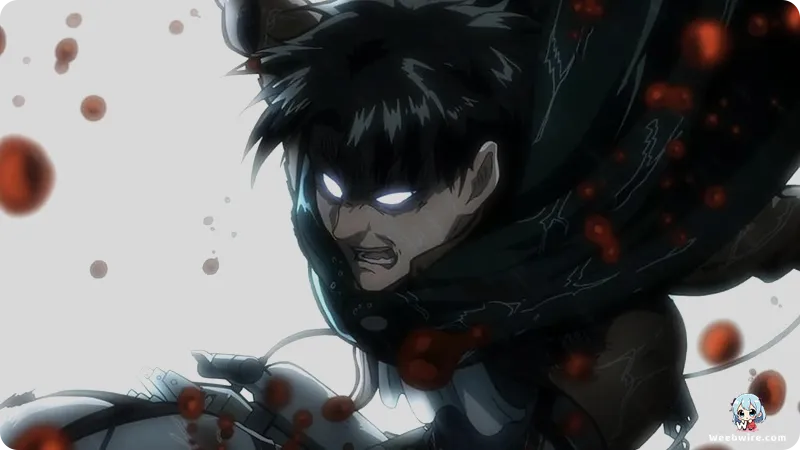The Dark Origins of Levi Ackerman: Unearthing the Essential Lore of the Attack on Titan: No Regrets Prequel

While Captain Levi Ackerman stands as perhaps the most recognized and celebrated figure within the colossal Attack on Titan universe, significant portions of his history remained opaque in the primary narrative. This narrative void was dramatically filled by the pivotal spin-off, Attack on Titan: No Regrets. Masterfully realized as a two-part Original Video Animation (OVA) series by the renowned Production I.G., this prequel serves not merely to bridge gaps in the timeline but fundamentally redefines the audience's understanding of Levi's characteristic stoicism, his famous fastidiousness, and his unwavering loyalty to Commander Erwin Smith.
The Unusual Genesis of the Prequel
Beyond the crucial events depicted, the production carries several fascinating, lesser-known details regarding its creation and distinct visual identity. Surprisingly, the genesis of No Regrets was not a conventional manga chapter, but an interactive visual novel titled ‘A Choice with No Regrets.’ This initial version was strategically included as bonus material within the third and sixth Blu-ray releases of the core Attack on Titan anime.
The visual novel format offered fans a deep dive into Levi’s oppressive subterranean existence and the high-stakes moment where his path first intersected with Erwin Smith’s. The extraordinarily enthusiastic feedback and fervent requests from the global fandom for this specific background story were so compelling that they directly prompted the creation of a full-fledged manga adaptation, penned by Gun Snark and illustrated by Hikaru Suruga. This unusual trajectory from supplementary media to a globally recognized, canonical prequel underscores the profound influence fan engagement wields over the franchise's development.
Visual Distinction and the Underground City
For the OVA adaptation, the team at Production I.G. employed deliberate aesthetic choices to visually distinguish the Underground City from the surface world. Contrasting with the main anime handled by Wit Studio, I.G. utilized a dramatically darker and rougher color grading. The Underground, home to Levi, Farlan Church, and Isabel Magnolia, is depicted as perpetually shadowed, grimy, and stiflingly close.

The animation style emphasizes this claustrophobic environment through heavy use of shadows and muted lighting, creating a sharp thematic contrast with the often bright, expansive, yet terrifying world protected by the walls above. This visual language was essential for establishing the psychological despair of the characters, mirroring their status as outcasts and criminals. The environmental detail subtly hints at the origins of Levi's famous, almost obsessive need for cleanliness a coping mechanism for seeking control in a world offering none.
The Philosophy of 'No Regrets'
The title itself, No Regrets, functions far beyond a mere catchy phrase; it is the philosophical cornerstone of Levi's transformation. The narrative centers on the moral ambiguities inherent in survival and the crushing weight of impossible decisions. The phrase is intimately connected to Erwin Smith’s strategic outlook the necessity of moving forward without dwelling on the losses incurred.
For Levi, the devastating tragedy involving Farlan and Isabel is the critical ordeal that solidifies his allegiance to this creed. Prior to this loss, Levi was driven purely by self-preservation; afterward, he fully embraces Erwin’s vision, adopting the ‘no regrets’ mantra as a necessary psychological defense against overwhelming grief. This profound shift, catalyzed by the brutal deaths of his found family, permanently shapes his demeanor and fuels his relentless efficiency as humanity's strongest soldier.
Furthermore, the spin-off provides indispensable context for the complex relationship between Levi and Erwin, which begins not in mutual respect, but hostility, driven by Levi's initial mission to assassinate the Commander. Attack on Titan: No Regrets is thus an indispensable chapter, illuminating the emotional scars and foundational bonds that define one of anime's most complex anti-heroes.
Credits
Attack on Titan: No Regrets
Author
Gun Snark
Cover Art
Hikaru Suruga
Studio
Production I.G
Publisher
Kodansha
Producers





